syn·site
in Robert Smithson's terms*: (a partially generated and generative theory) The Synsite (an entangled situating) is an inter-dimensional picture that is amorphous, and yet it represents an interweaving of actual and virtual sites (an amalgamation of the Pine Barrens Plains, ML-scene processing, and the hyper-saturated yellow-green of a pool of disintegrated oak pollen, for instance). It is by this inter-dimensional metaphor that one entangled situating can represent another entangled situating, which does not resemble it—thus The Synsite. To comprehend this language of situating is to appreciate the metaphor between the syntactical construct and the complex of ideas, permitting the former to operate as a inter-dimensional picture that doesn't look like a picture. ... Between the actual-virtual sites in their respective planes and The Synsite itself exists a metaphoric space of collapsible significance. Perhaps "travel" through this space is a boundless metaphor. Everything in and between the entangled situatings could transform into physical metaphorical material devoid of natural meanings or realistic assumptions. Let us say that one embarks on many fictitious journeys at once if one decides to seek the site of the Synsite. Each “journey” is invented, devised, artificial; one might call it a syn-trip to a site from a Synsite. Once one arrives at the “assembly,” one discovers that it is man-made in the form of a network, and that she mapped this network in an aesthetic and temporal entanglement rather than specific political or economic boundaries.
This revisited theory is currently collaborative but could be surrendered to the faceless corpus of AGI at any time. Like the sources they scrape, theories are also both used and abandoned. That theories are constant is dubious; that sources are singularly credited is increasingly doubtful. Vanished theories compose the dense data layers of countless LLMs.
in Robert Smithson's terms*: (a partially generated and generative theory) The Synsite (an entangled situating) is an inter-dimensional picture that is amorphous, and yet it represents an interweaving of actual and virtual sites (an amalgamation of the Pine Barrens Plains, ML-scene processing, and the hyper-saturated yellow-green of a pool of disintegrated oak pollen, for instance). It is by this inter-dimensional metaphor that one entangled situating can represent another entangled situating, which does not resemble it—thus The Synsite. To comprehend this language of situating is to appreciate the metaphor between the syntactical construct and the complex of ideas, permitting the former to operate as a inter-dimensional picture that doesn't look like a picture. ... Between the actual-virtual sites in their respective planes and The Synsite itself exists a metaphoric space of collapsible significance. Perhaps "travel" through this space is a boundless metaphor. Everything in and between the entangled situatings could transform into physical metaphorical material devoid of natural meanings or realistic assumptions. Let us say that one embarks on many fictitious journeys at once if one decides to seek the site of the Synsite. Each “journey” is invented, devised, artificial; one might call it a syn-trip to a site from a Synsite. Once one arrives at the “assembly,” one discovers that it is man-made in the form of a network, and that she mapped this network in an aesthetic and temporal entanglement rather than specific political or economic boundaries.
This revisited theory is currently collaborative but could be surrendered to the faceless corpus of AGI at any time. Like the sources they scrape, theories are also both used and abandoned. That theories are constant is dubious; that sources are singularly credited is increasingly doubtful. Vanished theories compose the dense data layers of countless LLMs.
SYN (along with, at the same time | from Greek SYN, with | ~SYNTHETIC) + SITE (N: point of event, occupied space, internet address; V: to place in position | from Latin SITUS, location, idleness, forgetfulness | ~WEBSITE ¬cite ¬sight), cf. SITE/NON-SITE (from Robert Smithson, A PROVISIONAL THEORY OF NONSITES, 1968)
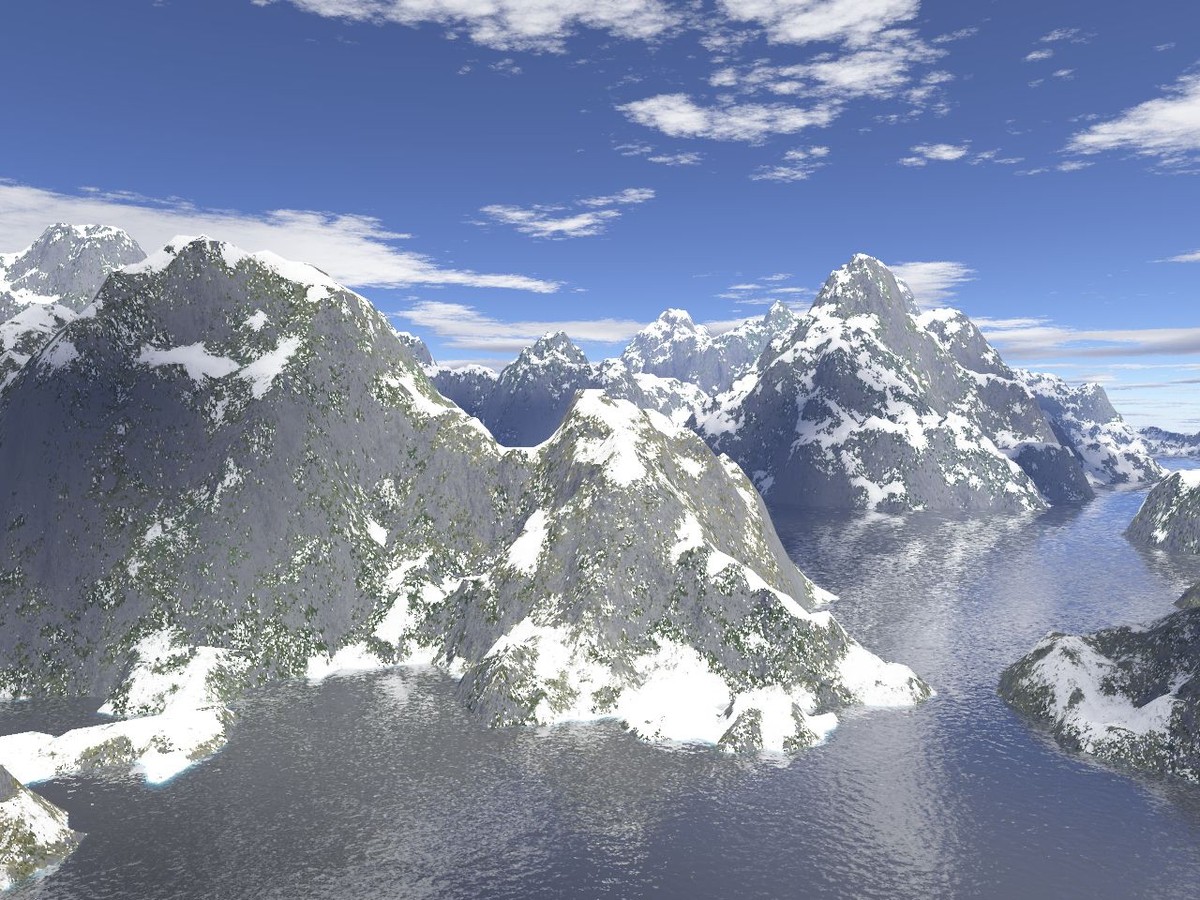


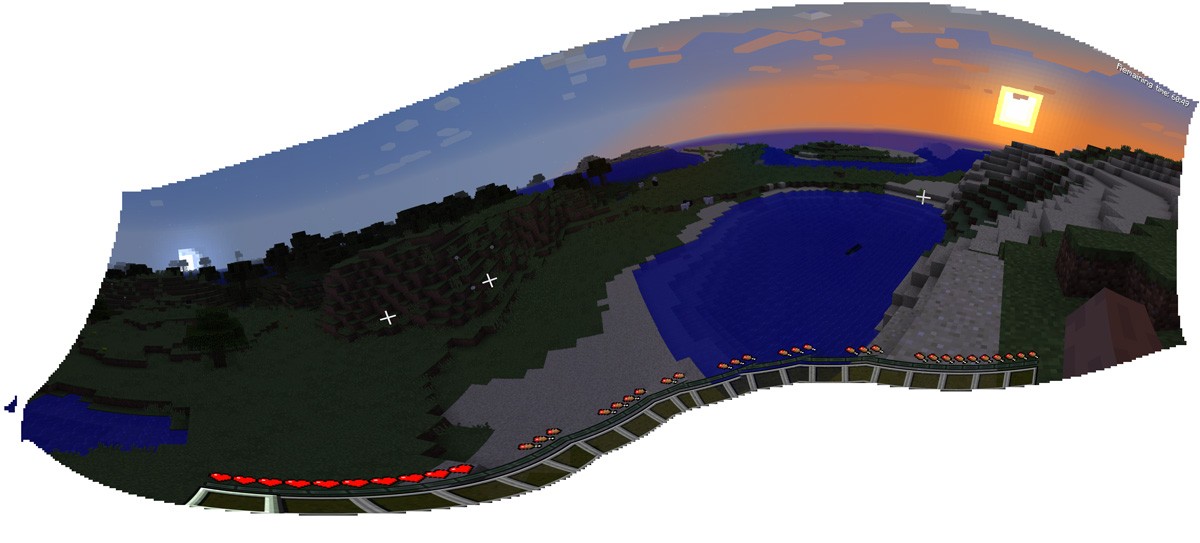


It’s not a physical landscape. It’s a term reserved for the new technologies. It’s a landscape in the future. It’s as though you used technology to take you off the ground and go like Alice through the looking glass.
It’s not a physical landscape. It’s a term reserved for the new technologies. It’s a landscape in the future. It’s as though you used technology to take you off the ground and go like Alice through the looking glass.
It’s not a physical landscape. It’s a term reserved for the new technologies. It’s a landscape in the future. It’s as though you used technology to take you off the ground and go like Alice through the looking glass.
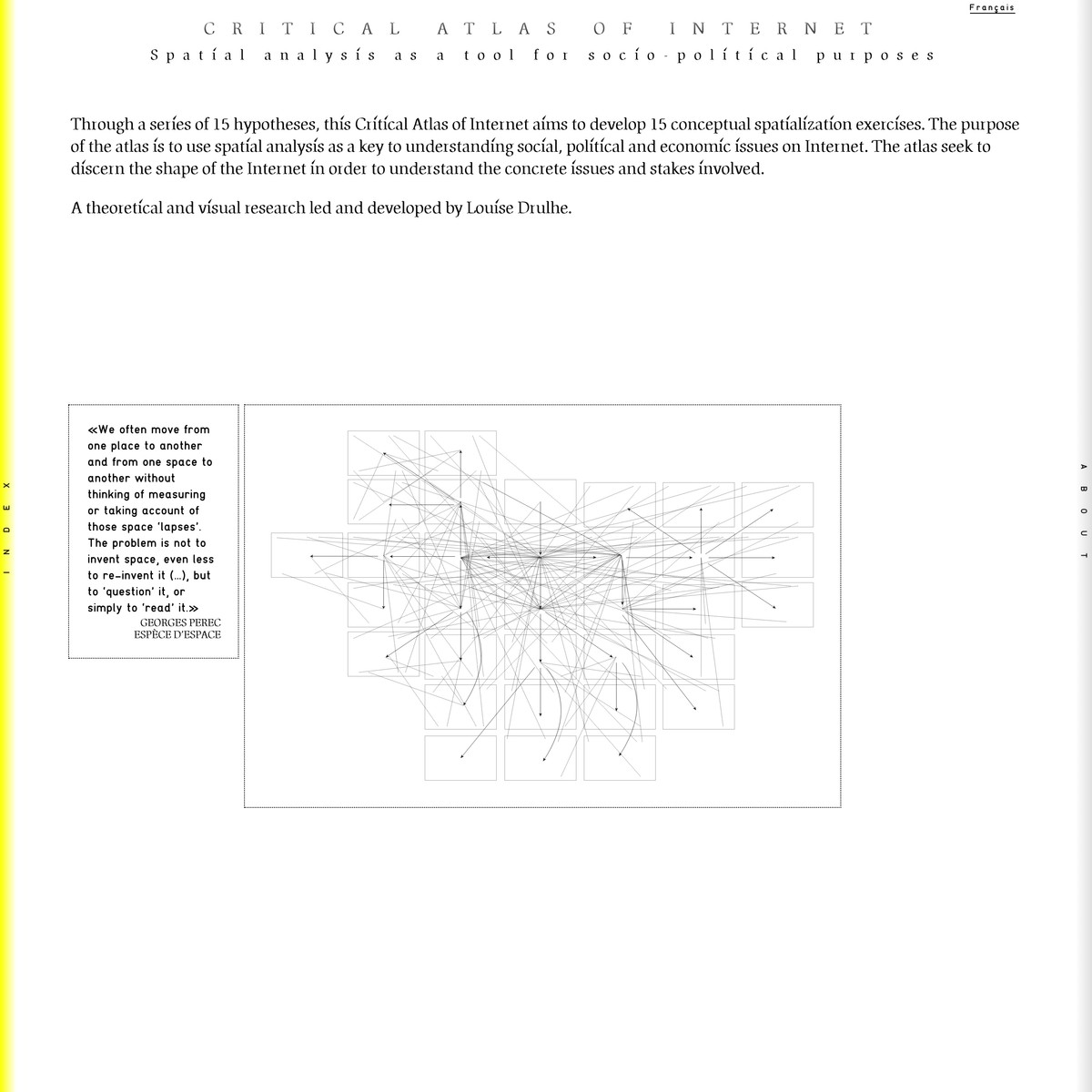


For a sense of why the ambiguity arises, consider how we experience geography in everyday life. We might suppose there is a unique “real” shape to the landscape—what Google Earth shows—but in practice the shape is defined by the experience of being embedded within that landscape, and that experience can vary. [...] When we eschew the view from on high, we can no longer make definitive statements about what is where.
In an epiphany in 1915, Einstein realized that the ambiguity is not a bug but a feature. He noted that we never observe places to have absolute locations, anyway. Instead we assign positions based on how objects are arranged relative to one another, and—crucially—those relative locations are objective. [...] If the landscape buckled or flowed while preserving these relations, the denizens would never know. So it is for spacetime.
[...] When we say it's located at such and such a place, we're really using a shorthand for its relations to other landmarks. Lacking definitive coordinates, the cafeteria must be situated by the things within and around it. [...]
General relativity confounds our intuitive picture of space as a kind of container in which material objects reside and forces us to search for an entirely new conception of place.
For a sense of why the ambiguity arises, consider how we experience geography in everyday life. We might suppose there is a unique “real” shape to the landscape—what Google Earth shows—but in practice the shape is defined by the experience of being embedded within that landscape, and that experience can vary. [...] When we eschew the view from on high, we can no longer make definitive statements about what is where.
In an epiphany in 1915, Einstein realized that the ambiguity is not a bug but a feature. He noted that we never observe places to have absolute locations, anyway. Instead we assign positions based on how objects are arranged relative to one another, and—crucially—those relative locations are objective. [...] If the landscape buckled or flowed while preserving these relations, the denizens would never know. So it is for spacetime.
[...] When we say it's located at such and such a place, we're really using a shorthand for its relations to other landmarks. Lacking definitive coordinates, the cafeteria must be situated by the things within and around it. [...]
General relativity confounds our intuitive picture of space as a kind of container in which material objects reside and forces us to search for an entirely new conception of place.
For a sense of why the ambiguity arises, consider how we experience geography in everyday life. We might suppose there is a unique “real” shape to the landscape—what Google Earth shows—but in practice the shape is defined by the experience of being embedded within that landscape, and that experience can vary. [...] When we eschew the view from on high, we can no longer make definitive statements about what is where.
In an epiphany in 1915, Einstein realized that the ambiguity is not a bug but a feature. He noted that we never observe places to have absolute locations, anyway. Instead we assign positions based on how objects are arranged relative to one another, and—crucially—those relative locations are objective. [...] If the landscape buckled or flowed while preserving these relations, the denizens would never know. So it is for spacetime.
[...] When we say it's located at such and such a place, we're really using a shorthand for its relations to other landmarks. Lacking definitive coordinates, the cafeteria must be situated by the things within and around it. [...]
General relativity confounds our intuitive picture of space as a kind of container in which material objects reside and forces us to search for an entirely new conception of place.
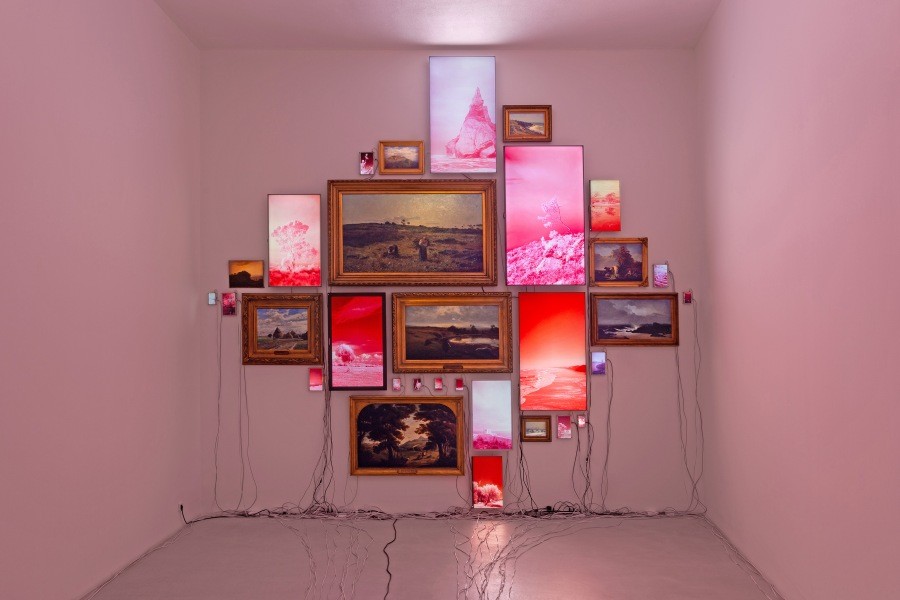





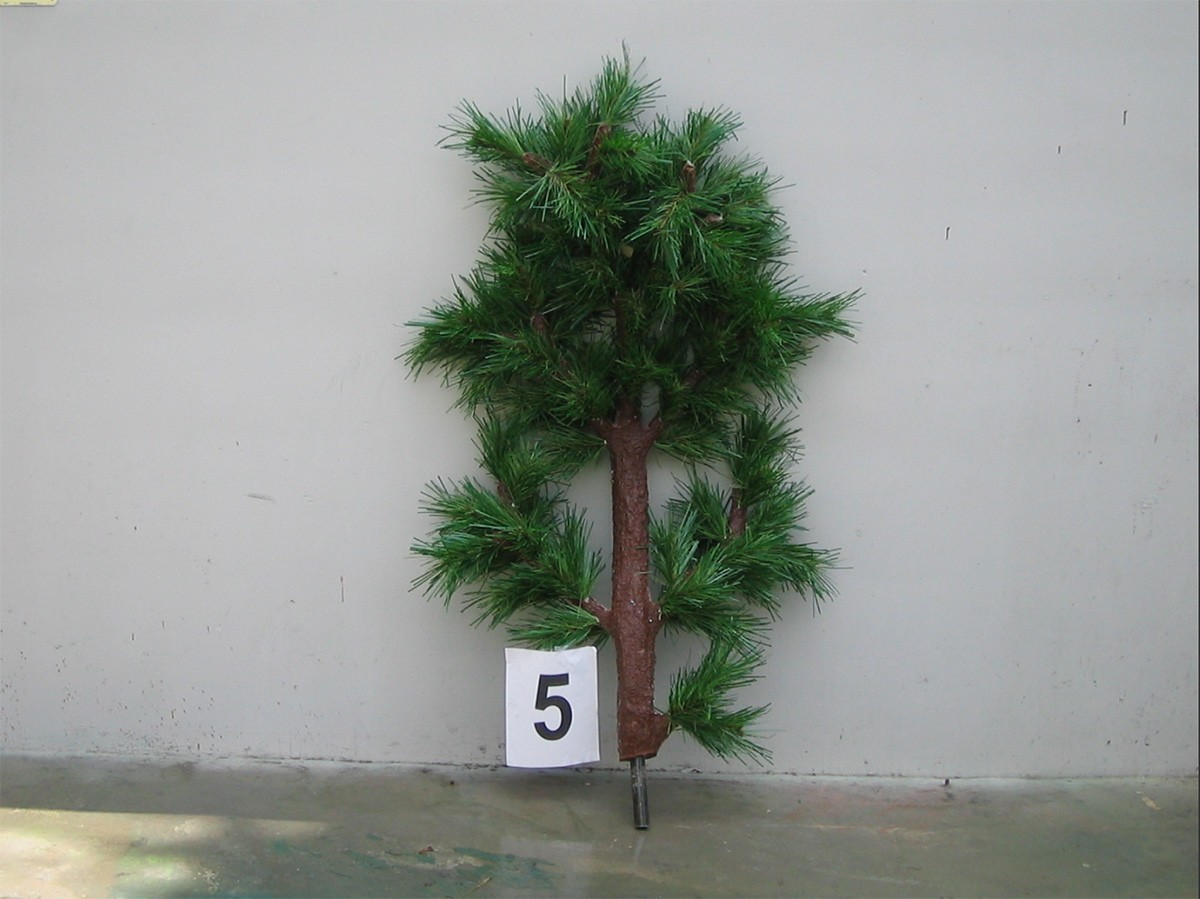


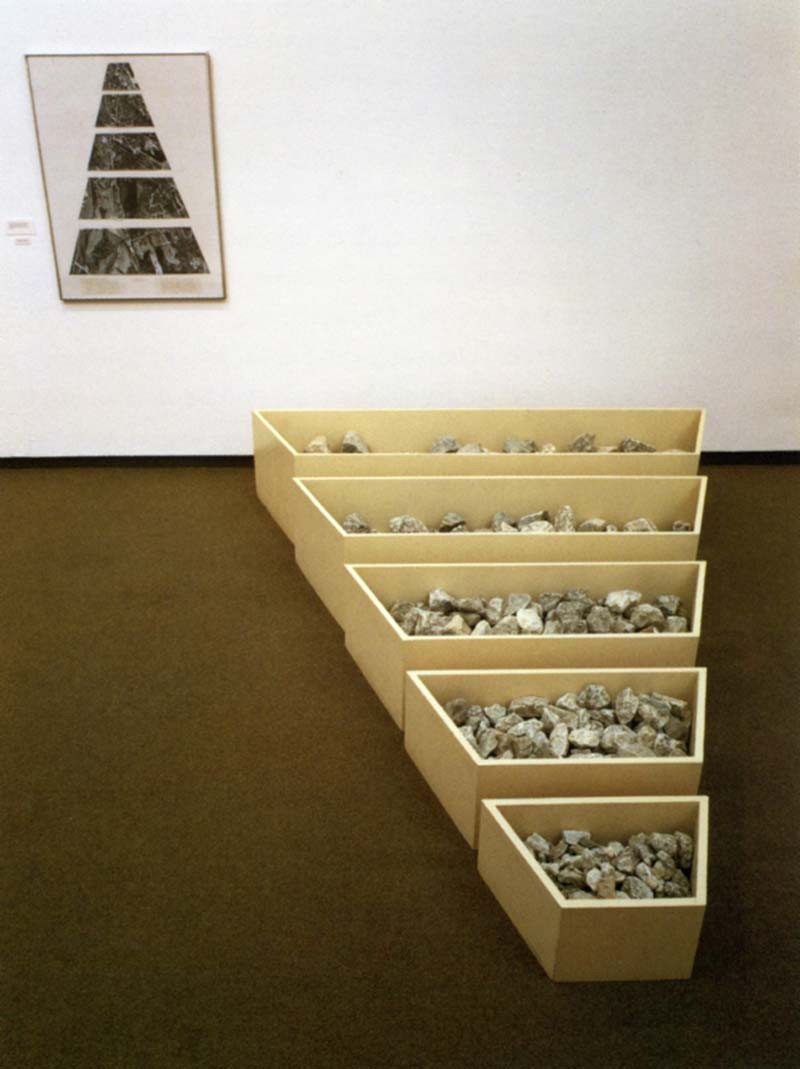


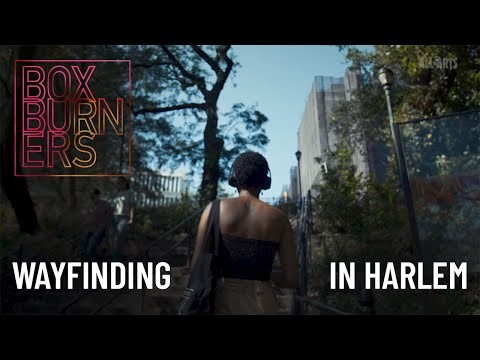


scape verb
\ ˈskāp \
scaped; scaping
Definition of scape (Entry 1 of 3)
: escape
"some innocents scape not the thunderbolt" (William Shakespeare)
scape noun (1)
Definition of scape (Entry 2 of 3)
1: a peduncle arising at or beneath the surface of the ground in an acaulescent plant (such as the tulip)
broadly : a flower stalk
2: the shaft of an animal part (such as an antenna or feather)
scape noun (2)
Definition of scape (Entry 3 of 3)
: a view or picture of a scene —usually used in combination
//city scape
scape verb
\ ˈskāp \
scaped; scaping
Definition of scape (Entry 1 of 3)
: escape
"some innocents scape not the thunderbolt" (William Shakespeare)
scape noun (1)
Definition of scape (Entry 2 of 3)
1: a peduncle arising at or beneath the surface of the ground in an acaulescent plant (such as the tulip)
broadly : a flower stalk
2: the shaft of an animal part (such as an antenna or feather)
scape noun (2)
Definition of scape (Entry 3 of 3)
: a view or picture of a scene —usually used in combination
//city scape
scape verb
\ ˈskāp \
scaped; scaping
Definition of scape (Entry 1 of 3)
: escape
"some innocents scape not the thunderbolt" (William Shakespeare)
scape noun (1)
Definition of scape (Entry 2 of 3)
1: a peduncle arising at or beneath the surface of the ground in an acaulescent plant (such as the tulip)
broadly : a flower stalk
2: the shaft of an animal part (such as an antenna or feather)
scape noun (2)
Definition of scape (Entry 3 of 3)
: a view or picture of a scene —usually used in combination
//city scape